Spiders have long intrigued humans, not only for their intricate webs but also for their ability to seemingly predict the weather.
These eight-legged creatures exhibit behaviors that can give us clues about forthcoming changes in the atmosphere.
From altering their web designs to seeking shelter, spiders react in fascinating ways to environmental shifts. This blog post explores eleven captivating methods by which spiders can serve as nature’s weather forecasters.
Dive into the world of arachnids and discover how these creatures can provide insights into the weather patterns we experience.
Web Design Changes
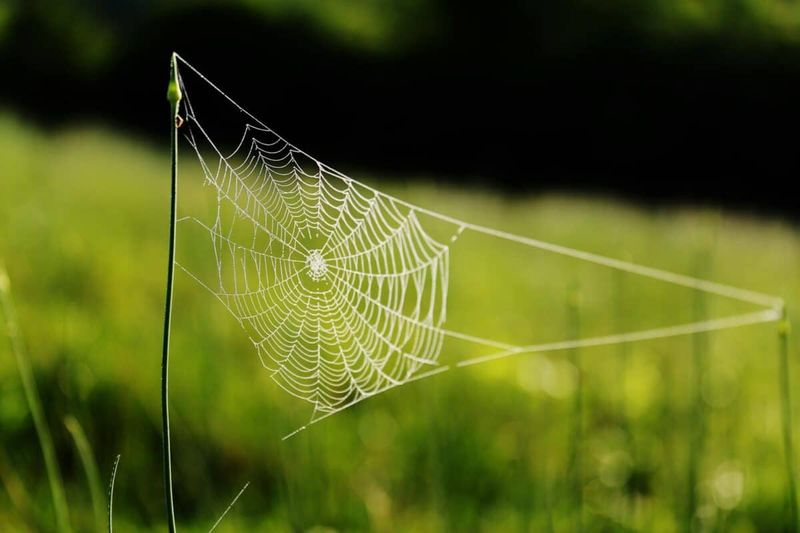
Spiders are renowned for their web-making abilities, but did you know these webs can signal weather changes? When storms or rain are approaching, spiders tend to make their webs thicker or closer to shelter.
This adaptation helps protect their homes from damage. In contrast, during stable weather, their webs are more expansive and delicate. This change in design showcases nature’s way of preparing for environmental shifts.
Such behavior is not just instinctual but also an evolutionary advantage, allowing spiders to survive through adverse conditions.
Shelter Seeking Behavior
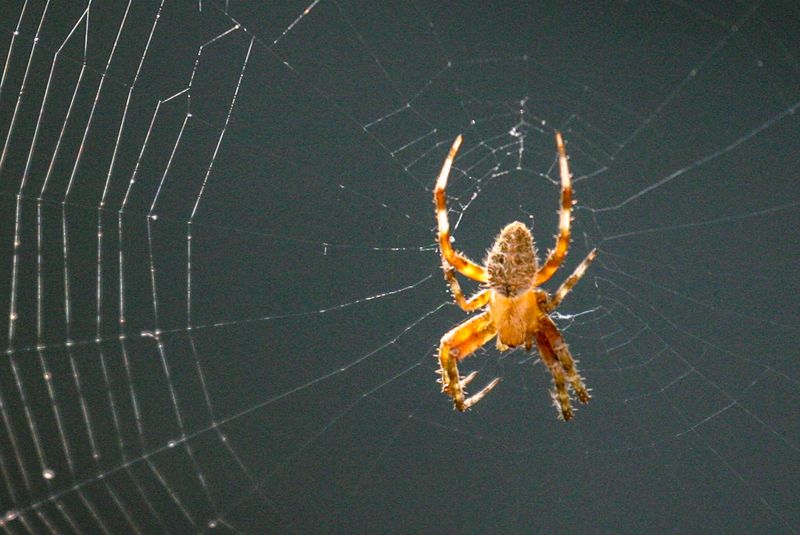
Have you ever noticed spiders retreating to corners or hiding under leaves? This is a classic behavior exhibited before rain or storms.
Spiders sense changes in humidity and air pressure, prompting them to seek refuge. By observing their movement, one can anticipate rain. This behavior acts as a natural barometer, showing an innate understanding of their environment.
Their movements are not random but calculated, ensuring safety and survival. Observing such actions provides valuable insights into weather patterns without relying on technology.
Web Height Adjustment

Spiders adjust the height of their webs based on atmospheric conditions. When rain is on the horizon, they often build lower webs to avoid wind damage and to preserve energy.
Conversely, during dry spells, webs are positioned higher. This behavior reflects their sensitivity to humidity and air pressure. The strategic placement ensures maximum catch while reducing risks.
Such adaptations underscore the spider’s foresight and are a testament to their survival instincts. Observing these height adjustments can serve as a reliable weather indicator.
Increased Web Production
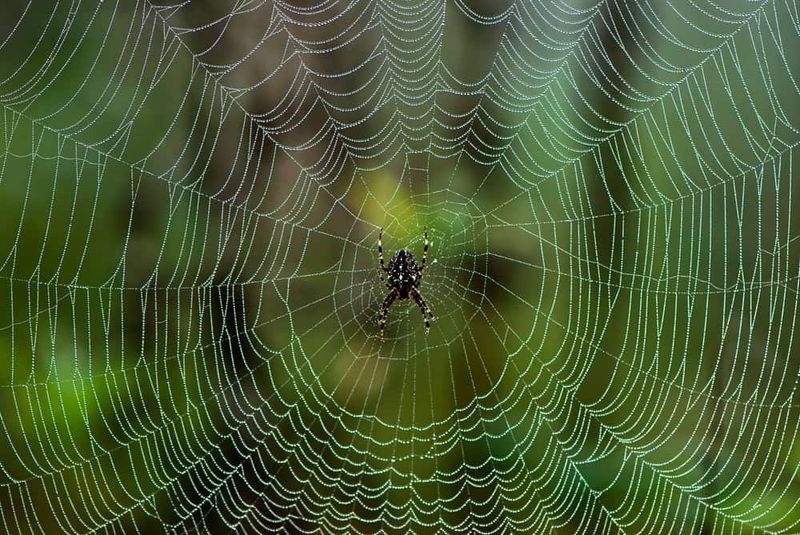
Ever noticed an increase in the number of webs around your home? Spiders tend to produce more webs before rainstorms. This surge in web-making ensures a steady supply of food as insects become scarce during adverse conditions.
It’s a proactive measure to secure sustenance. Spiders instinctively gear up for these challenging periods by ramping up their hunting efficiency. By recognizing this pattern, one gains insight into imminent weather changes, highlighting the spider’s role as a natural forecaster.
Silk Thickness Variation
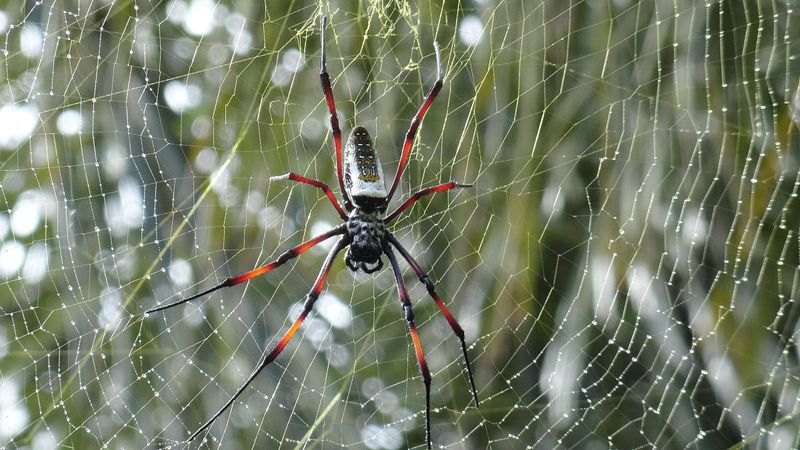
Spiders can adjust the thickness of the silk they use in response to weather changes. Thicker silk strands are often produced prior to storms, enhancing the web’s durability against strong winds.
This adaptation prevents destruction and ensures the spider’s safety. During calm weather, thinner silk is used, optimizing energy expenditure.
This ability to modify silk characteristics based on environmental cues speaks volumes about their adaptability and survival skills. Observing these variations can provide clues about upcoming weather patterns.
Reduced Activity
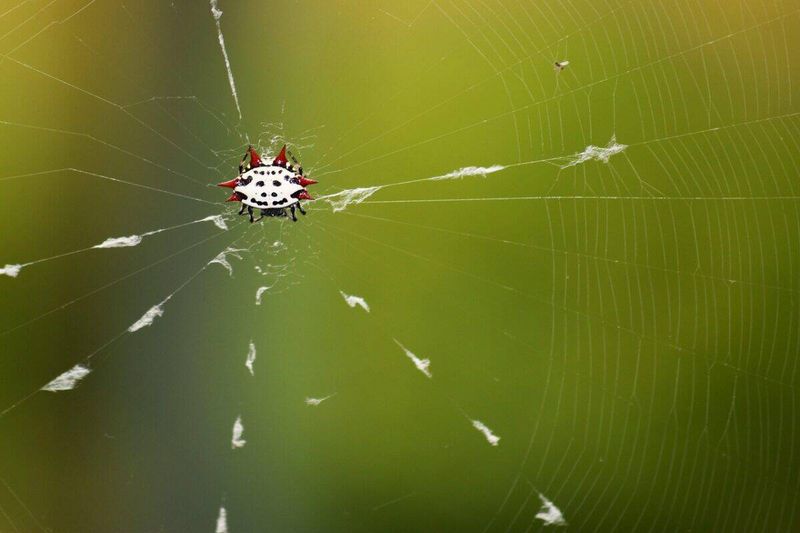
Spiders often become less active when sensing changes in atmospheric pressure. Reduced activity can be a precursor to rain or storms.
This conservation of energy ensures they’re prepared for harsh weather. By limiting movement, they avoid unnecessary exposure and risk. Such behavior highlights their acute awareness of environmental shifts.
For observers, noticing a spider’s inactivity can hint at impending weather changes, serving as an organic alert system. This instinctual response underscores their connection to nature’s rhythms.
Web Repair Frequency
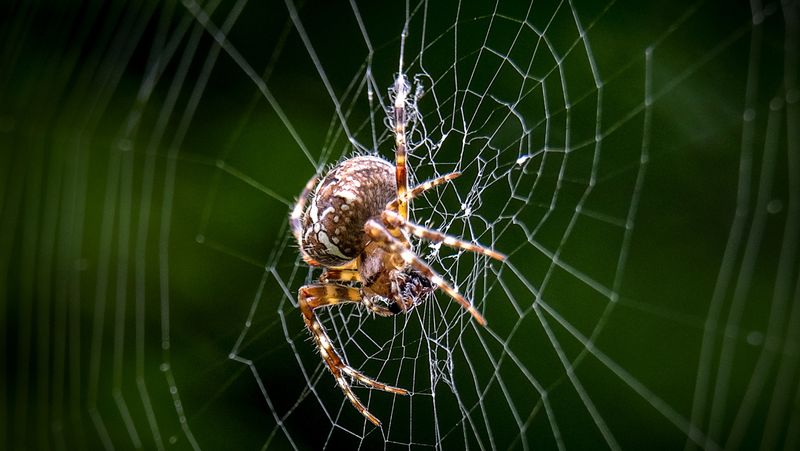
Frequent web repairs can indicate unstable weather conditions. Spiders often mend their webs more regularly before storms, ensuring they’re in prime condition to catch prey.
This behavior highlights their anticipation of challenging times. By maintaining their webs, they maximize their chances of survival. Such meticulous upkeep reflects their proactive nature and readiness for environmental changes.
Observing these frequent repairs offers insights into the spider’s predictive abilities and can act as a weather forecaster for those attuned to nature.
Species-Specific Reactions
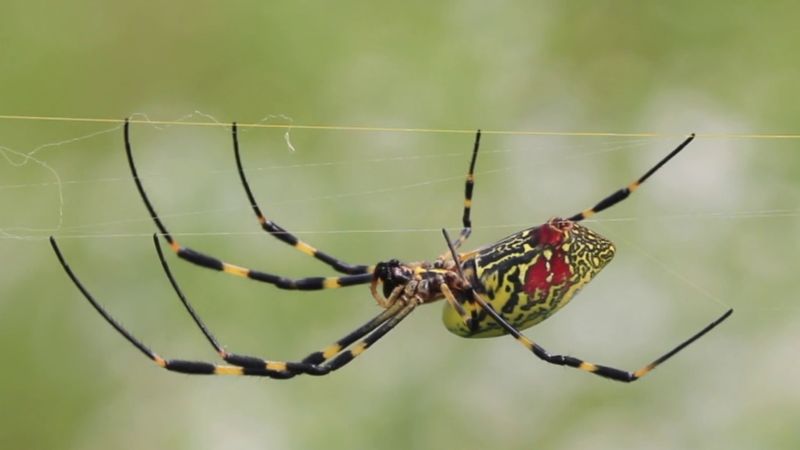
Different spider species exhibit unique reactions to weather changes. Some may seek higher ground, while others burrow.
This diversity in behavior highlights the vast range of strategies spiders employ. For instance, house spiders might hide deeper indoors, while garden spiders adjust their web structures. These varied responses emphasize their adaptability and the evolutionary pressures that shaped them.
By studying specific species, one can better understand how these behaviors align with weather predictions, showcasing nature’s intricate design.
Increased Nocturnal Activity
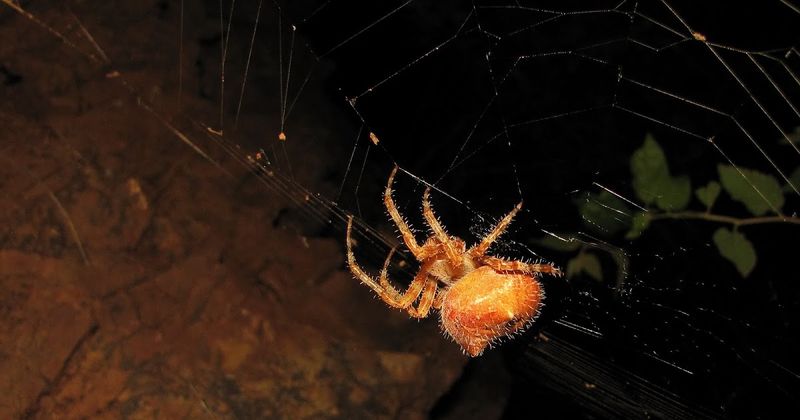
An uptick in nighttime activity can signal an approaching storm. Spiders, sensing atmospheric changes, become more active at night to optimize their hunting and survival.
This behavior ensures they’re well-fed and prepared for inclement weather. The increased nocturnal activity is a testament to their adaptability and foresight. Observers can glean valuable weather insights by noting these changes in behavior.
Such adaptability highlights the spider’s innate connection to its environment and its role as a natural weather predictor.
Web Dispersal Patterns

Spiders sometimes create webs with specific dispersal patterns in response to weather changes. These patterns can minimize damage from wind and rain.
By altering the web’s structure, spiders ensure their survival and continued ability to catch prey. The dispersal patterns reflect their understanding of environmental challenges and adaptive strategies.
Observers who recognize these patterns can gain insights into upcoming weather conditions. This ability to modify web structures based on external cues showcases the spider’s role as a weather forecaster.
Humidity Detection
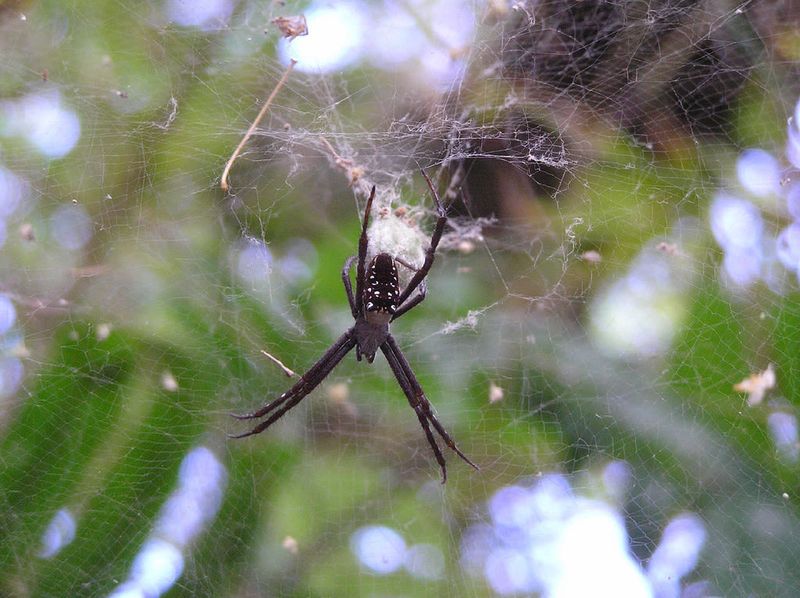
Spiders possess an acute sensitivity to humidity changes. This ability allows them to anticipate rain or dry spells. By reacting to these cues, they adjust their behavior accordingly, ensuring survival.
This sensitivity can be observed in their web-making, activity levels, and shelter-seeking tendencies. Their keen awareness of humidity serves as a natural weather barometer.
Observing these reactions provides valuable insights into imminent weather changes, highlighting the spider’s role in nature’s forecasting system. Such behaviors underscore their intrinsic connection to the environment.

